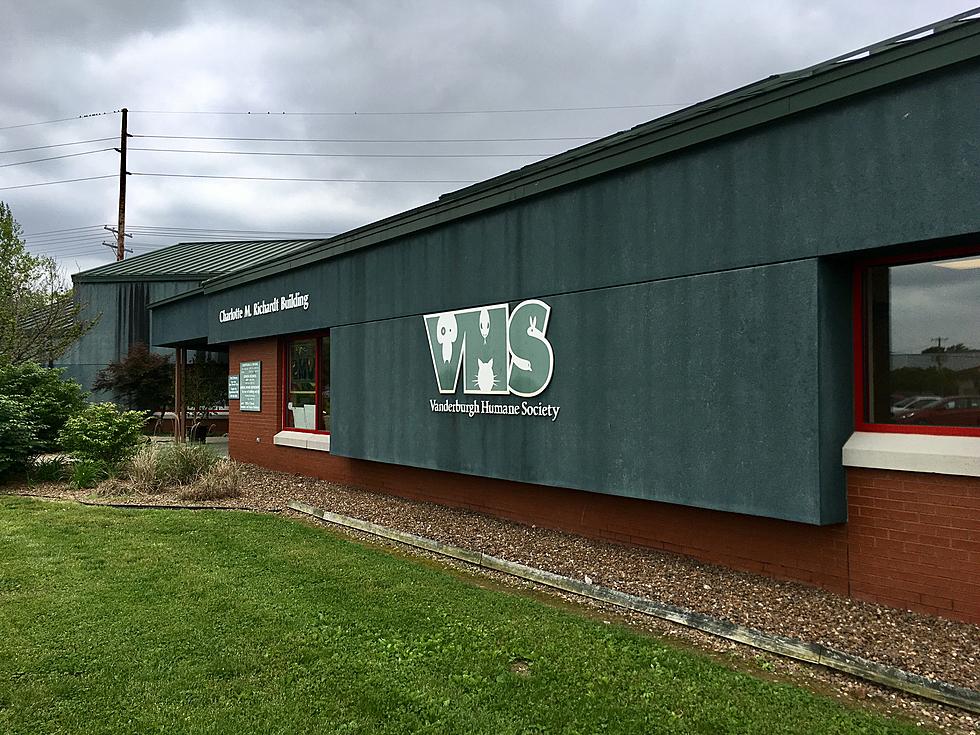
Rules of the Road Reminder: Move Over for Emergency Vehicles
As we all start to return to a more normal sense of our day-to-day lives, it seems that some of us, maybe in part because we haven't been out driving as much or maybe because we have simply forgotten, don't remember the Rules of the Road and particularly, what to do where there is an emergency vehicle approaching.
A couple of weeks ago, I was traveling on South Green River Road when I witnessed something that left me completely dumbfounded. I had just passed Covert Avenue, and was traveling southbound. I was in the left-hand lane and there was another car directly behind me when two Evansville police cars turned off of Covert onto Southbound Green River. I immediately turned on my signal, quickly merged into the right-hand lane, and then stopped my car next to the curb to allow the police vehicles to pass me on the left as they went by on their way to whatever emergency they were attending to.
When learning to drive, this was the way I was taught to handle this situation. Likewise, since there is no median dividing the north and southbound lanes of traffic on this stretch of Green River Road, had I been in the opposite lane, traveling north-bound, I would have done the exact same thing. Signal. Merge. Pullover. Stop and let the emergency vehicle pass by safely and with as much room as possible.

Now you may be reading this and thinking to yourself, "Well, yeah, Kat. That's how you do it. Everyone knows that!" but let me stop you right there and tell you about that car that was behind me - and the reason that I feel it necessary to explain how to handle a situation like this in the future.
When I signaled, merged from the left to right lane, and then safely stopped at the curb, that car that was behind me, in the left of the two southbound lanes of Green River Road, stopped. It just stopped right where it was - in the left lane. I looked in my rearview mirror as the two police cruisers, lights and sirens blazing, had to swerve from the left to the right lane to go around this car that just stopped in the middle of the road, and then they had to swerve back to the left lane to go around me as I sat stopped at the curb, as any motorist with a basic understanding of the rules of the road would have done. So here's your refresher:
If you encounter an emergency vehicle with lights and sirens, move over to the right. Whether it's a police car, an ambulance or a fire truck - move over to the right side of the road. Multiple lanes and no median, move over and stop. Just two lanes? Mover over and stop. The only time that you do not have to move over and stop when there are multiple lanes of traffic with a physical median or barrier dividing them and the emergency vehicle is on the other side of the median.
See the Must-Drive Roads in Every State
LOOK: See how much gasoline cost the year you started driving
LOOK: See the iconic cars that debuted the year you were born
LOOK: The most famous actress born the same year as you
LOOK: The Most Famous Actor Born Every Year
More From WGBFAM









